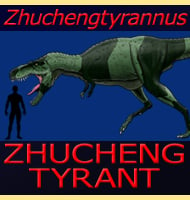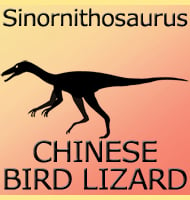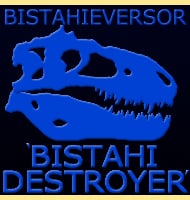Babakotia
In Depth Babakotia was what is more commonly known as a sloth lemur. This is because unlike the lemurs that we know today, Babakotia had body proportions more like those of a sloth, something which has led to speculation that this lemur was also sloth like in its behaviour. The term sloth lemur is a … Read more


